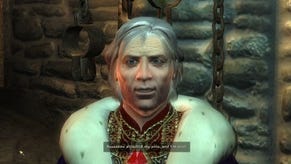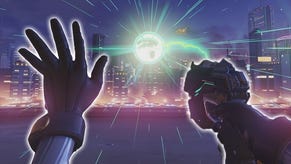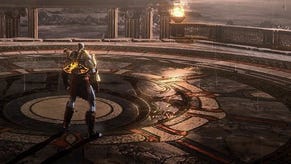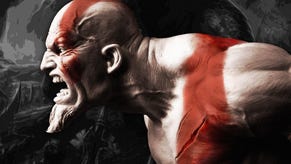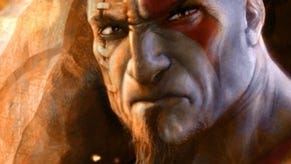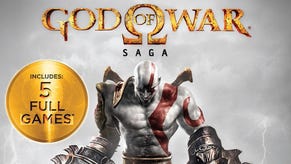The Making of God of War III
For the love of God.
Perhaps part of the solution comes from the data streaming system running continuously in the background. Once you're in gameplay, God of War III has no pauses for loading whatsoever, and runs with no mandatory hard disk installation, in common with most Sony first-party games. Everything is being streamed from BD to system memory in the background.
Perhaps most astonishingly of all, the final God of War executable file that sits on that mammoth Blu-ray is just 5.3MB in size - uncompressed, and including SPU binaries - in a project that swallows up a mammoth 35GB of Blu-ray space (40.2GB for the European version with its support for multiple languages).
As Tim Moss pointed out on his Twitter feed, it's a "point of pride" for the team as it leaves "more memory for content" - an ethos the team has worked with for some time: the original God of War on PlayStation 2 ran from a similarly miniscule 1.2MB of code.
The conclusion of our Gaia video on the previous page - showing Poseidon's sticky end courtesy of Kratos' bludgeoning fists - introduces players to another perspective innovation: first-person kills. As the player completes the rout of a boss character, the viewpoint shifts to the victim, with the entire screen taken up with the Spartan berserker pummelling his now-defenceless opponent. The result is a vicious masterpiece of art, direction and technology.
"From the get-go I came up with the idea of the first-person kill in giving a new perspective on Kratos's kill sequences," says Adam Puhl, lead combat designer. "Immediately everyone was sold when they saw it in-game... you get to see the impact of Kratos's attacks and see how Poseidon feels as he's getting completely torn apart."
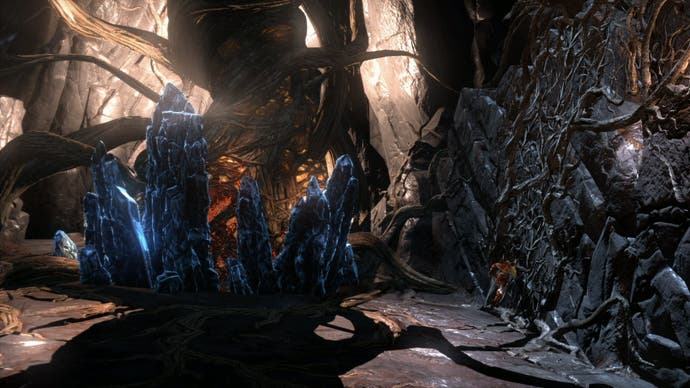


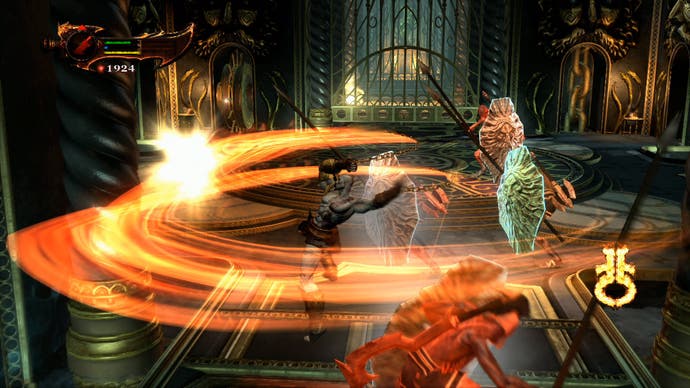
Another core part of God of War III's cinematic look and feel comes from the basic setup of the framebuffer, and the implementation of HDR lighting. Two framebuffer possibilities for HDR on the PlayStation 3 include LogLUV (aka NAO32, used in Uncharted and Heavenly Sword), and RGBM: an alternative setup that has found a home in Uncharted 2 and indeed in God of War III.
The basic technical setups for both formats are covered elsewhere (though GOWIII uses its own version of RGBM), but in terms of the final effect and what it means for the look of the game, the result is a massively expanded colour palette which gifts the artists with a higher-precision range of colours in which to create a unique, stylised and film-like look.
Opting for the RGBM setup over LogLUV means a significant saving in processing, although some precision is lost. The degree of that loss isn't exactly apparent to the human eye, and we can assume it becomes even less of an issue bearing in mind that the final image is transmitted to your display downscaled over the 24-bit RGB link in the HDMI port.

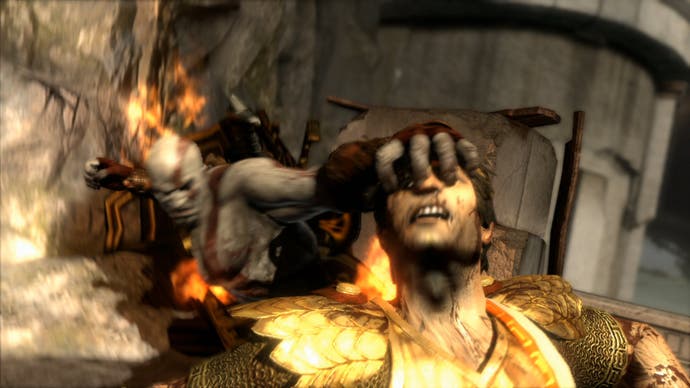

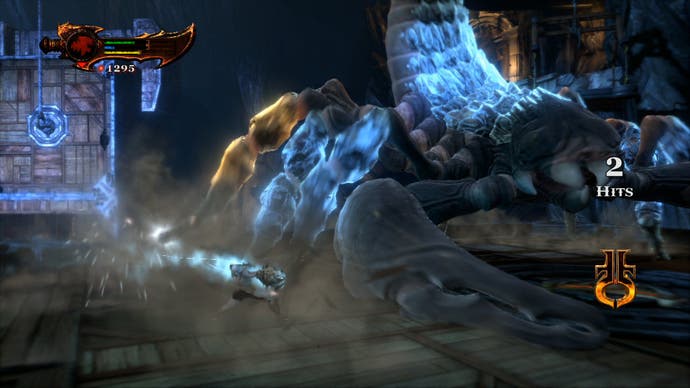
In terms of post-processing effects, the game is given an additional boost in realism thanks to an impressive implementation of motion blur. Superficially, it's a similar system to that seen in previous technological showcases like Uncharted 2: Among Thieves and Killzone 2, and helps to smooth some of the judder caused by a frame-rate that can vary between anything from 30 frames per second to 60.
Most games that implement motion blur do so just on a "camera" basis - that is, the whole scene is processed - an effect that of variable effectiveness in terms of achieving a realistic look.
According to Sony Santa Monica's Ken Feldman, motion blur is calculated not just on the camera, but on an individual object and inner object basis too.
The basics of the motion blur system effectively mimic what we see on the cinema screen. Movies run at a mere 24 frames per second, but give the impression of being significantly smoother. While filming, the shutter of the camera stays open for around 0.04 seconds. During that window of time, movement in the captured image is blurred. It's that phenomenon that the tech seeks to mimic in God of War III: more cinematic, more realistic.
Another key effect in producing a filmic look to God of War III comes from development of new anti-aliasing technology. Removing the jaggies associated with videogaming obviously helps to create a more pleasing appearance.
Initially the game used the RSX chip to carry out a traditional 2x multisampling anti-aliasing effect. This, combined with the game's lack of high-contrast edges, produced an extremely clean look in last year's E3 demo. For the final game, the Sony Santa Monica team implemented a solution that goes way beyond that.


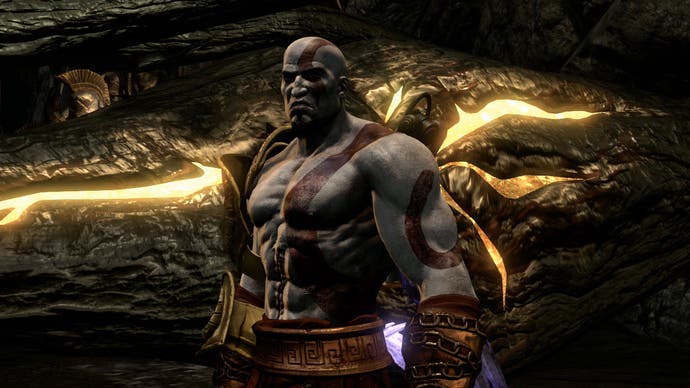
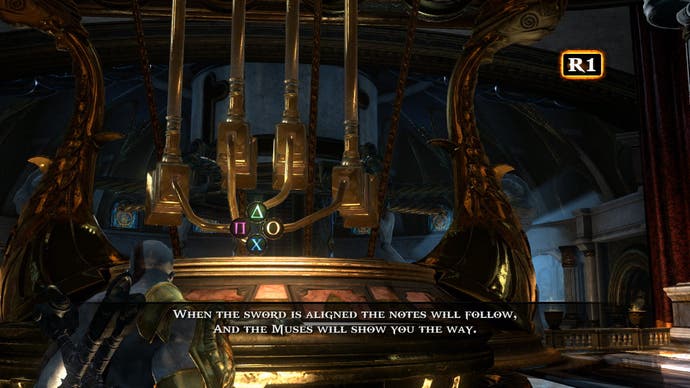
According to director of technology Tim Moss, God of War III worked with the Sony technology group in the UK to produce an edge-smoothing technique for the game that the developers call MLAA, or morphological anti-aliasing. Indeed, Moss's colleague Christer Ericson took us to task on the specifics of MLAA a few months back in this DF blog post, revealing that the team has put extensive research into this in search of their own solution.
"The core implementation of the anti-aliasing was written by some great SCEE guys in the UK, but came very late in our development cycle making the integration a daunting task," adds senior staff programmer Ben Diamand.
The specifics of the implementation are still unknown at this time (though Ken Feldman suggests it "goes beyond" the papers Ericson spoke about in the DF piece) but the bottom line is that the final result in God of War III is simply phenomenal: aliasing is all but eliminated and the sub-pixel jitter typically associated with this technique has been massively reduced compared to other implementations we've seen.

